A quadrupedal whale is described based on a skeleton from the middle Eocene of Peru. It combines terrestrial locomotion abilities and use of the tail for swimming. This is the first record of an amphibious whale for the whole Pacific Ocean
Four legs, webbed feet and hooves on its toes: this new fossil discovery from Peru doesn't sound like a typical whale.
But scientists believe that the remains of this curious, otter-like creature may have been an early cetacean that had not yet fully transitioned to live in the water. This find could change our understanding of how the first whales spread around the planet.
Because the earliest whale fossils come from India and Pakistan, it is thought that whales first made the transition from land back into water in south Asia some 50 million years ago.
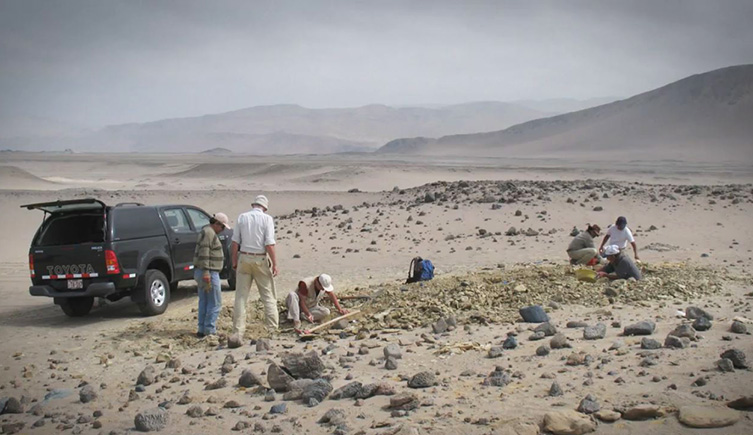
Travis Park, a postdoctoral fellow at the Museum studying cetacean evolution, says, 'The evolution of whales is perhaps the best-documented example of macroevolution that we have, with the group going from small, dog-sized, hoofed mammals to the giants of the ocean we know and love today.
'However, despite having a good fossil record of the different stages involved, there are still questions remaining as to the routes that early whales took when they first spread around the world.'
From south Asia, the early whales are thought to have moved westward, along the coast of North Africa and across the Atlantic, finally reaching North America around 40 million years ago. But exactly which route they took, and what the whales looked like by the time they got to the Americas, has been little understood.
The fossil of a newly discovery semi-aquatic proto-whale known as a protocetid from Peru is now starting to help answer some of these questions. The new find has been published in the journal Current Biology.
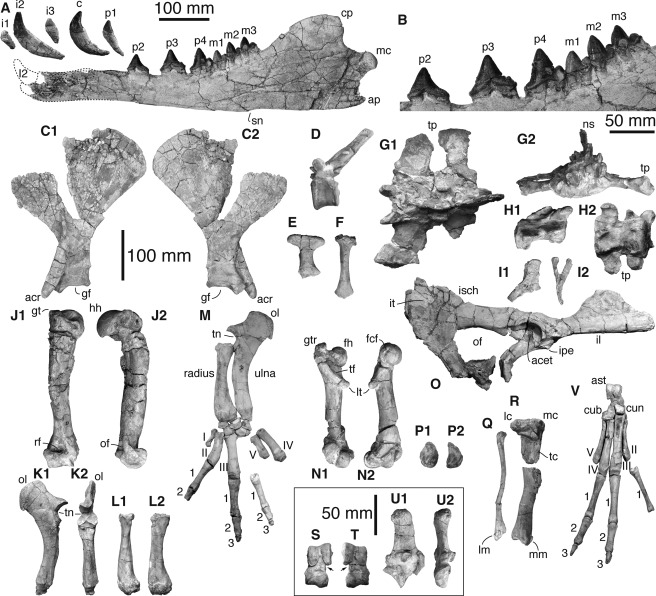
A whale with hooves
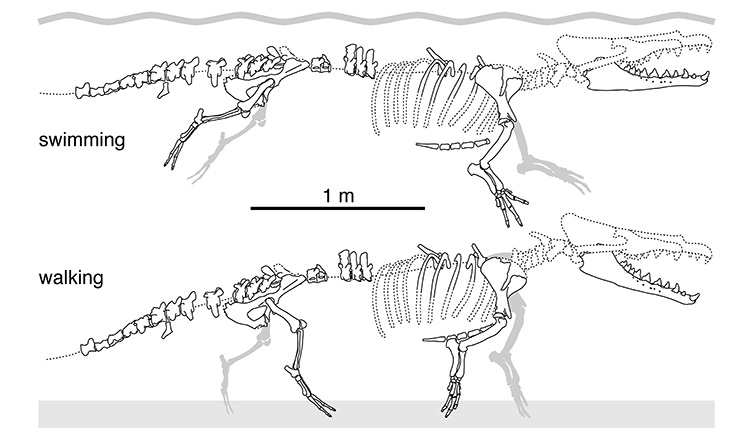
The coastal plains of Peru are well known for their rich deposits of ancient marine fossils.
In addition to the remains of giant penguins that used to waddle around the region, researchers have also unearthed the bones of some of the earliest filter feeding whales from 36.4 million years ago. But this latest find pushes back the presence of whales in Peru even further.
By using the microfossils found alongside these new fossils, the team of scientists have been able to date the remains of this latest find to an impressive 42.6 million years old.
Dr Olivier Lambert, from the Royal Belgian Institute of Natural Sciences, co-authored the study describing the animal. He says, 'This is the first indisputable record of a quadrupedal whale skeleton for the whole Pacific Ocean, probably the oldest for the Americas and the most complete outside India and Pakistan.'
The specimen discovered was wonderfully preserved, showing that the ancient species (which has now been called Peregocetus pacificus) had a mix of features adapted for both a terrestrial and aquatic lifestyle.
It had four limbs that each ended in hooved toes. While the skeleton suggests that these limbs would have been able to support the body out of water, the anatomy of the toes suggests that they may have been webbed, like those of a modern-day otter.
The long tail further hints at a more aquatic lifestyle for P. pacificus. The vertebra in the tail are similar to those seen in both otters and beavers, which implies that it would once have moved its tail in a similar undulating fashion, powering it through the water as it hunted for prey beneath the surface.
Reconstruction of whale skeleton showing its ability to both walk and swim
'This partial skeleton represents a creature that could swim very well using its strong tail and webbed hands and feet, yet could still walk around on land on its hooved fingers and toes,' explains Travis.
Crossing the Atlantic
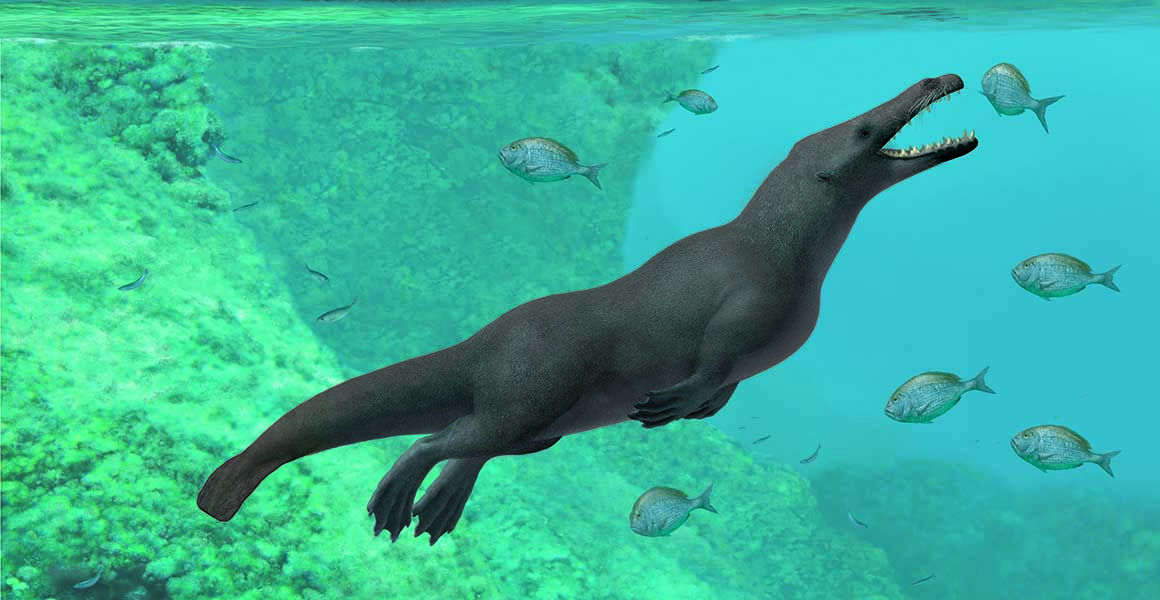
The find suggests that the dispersal of early whales around the globe was not as direct as initially thought. As early whales dispersed out of Asia and across Africa, they may have taken a southern route to the Americas.
'The features of the skeleton and its position in the whale family tree indicate that the most likely dispersal route of early whales to the Americas was from North Africa via the South Atlantic, where the distance between the African and South American continents was half what it is today,' says Travis.
Not long after crossing over to South America, some continued to cross the continent and made it to the Pacific coast where this individual was found, while others went north to colonise North America.
This means that within less than 10 million years of early whales first appearing in Asia, they had successfully dispersed around the planet and were exploiting the rich reserves in not only the Atlantic but also the Pacific.
Source: Josh Davis - Natural History Museum (http://www.nhm.ac.uk/discover/news/2019/april/ancient-four-legged-whale-with-webbed-feet-and-hooves-uncovered-in-Peru.html)







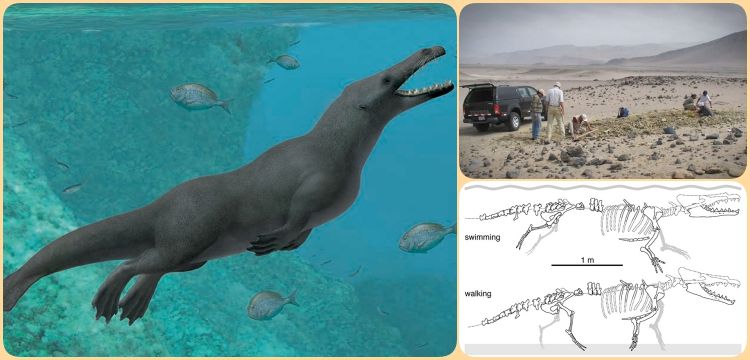
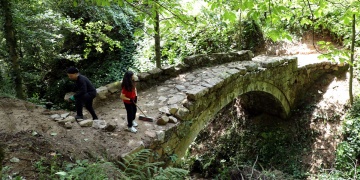 Ressam Serdar Abay, tarihi kemer köprüdeki yabani otları kızıyla temizledi
Ressam Serdar Abay, tarihi kemer köprüdeki yabani otları kızıyla temizledi 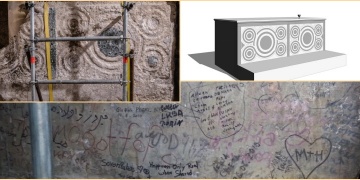 Archaeologists have discoveried a crusader altar in the Church of the Holy Sepulchre
Archaeologists have discoveried a crusader altar in the Church of the Holy Sepulchre 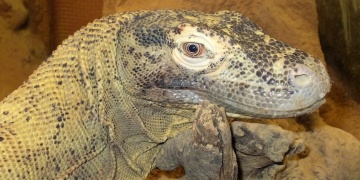 Komodo ejderinin demir dişli olduğu anlaşıldı
Komodo ejderinin demir dişli olduğu anlaşıldı  Doğa Taşlardan, Anadolu Tanrıçaları'ndan sonra Anadolu Bacılarının öykülerini anlatacak
Doğa Taşlardan, Anadolu Tanrıçaları'ndan sonra Anadolu Bacılarının öykülerini anlatacak 




